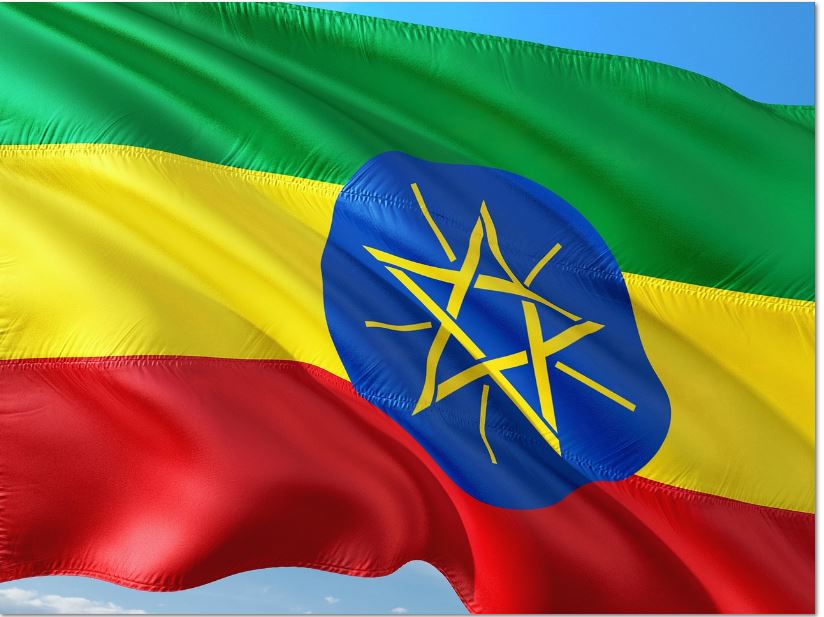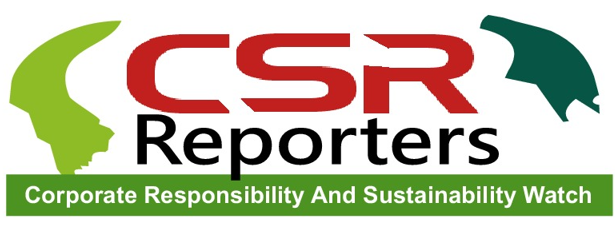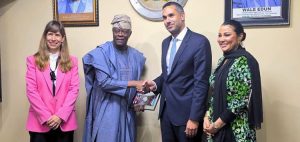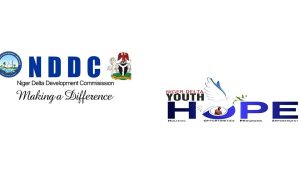
Ethiopia, in the Horn of Africa, is a rugged, landlocked country split by the Great Rift Valley. With archaeological finds dating back more than 3 million years, it’s a place of ancient culture. Among its important sites are Lalibela with its rock-cut Christian churches from the 12th–13th centuries. Aksum is the ruins of an ancient city with obelisks, tombs, castles and Our Lady Mary of Zion church.
According to the latest World Investment Report published by the United Nations Conference on Trade and Development (UNCTAD) last week, Ethipia has emerged as the leading destination for foreign direct investment (FDI) in East Africa.
In the East Africa landscape, Ethiopia has proved tall as a beacon of economic progress.
In 2023, it secured a staggering $3.3 billion in foreign direct investments (FDI), more than its neighbours Kenya and Uganda.
The Ethiopian Investment Commission (EIC), led by Chief Commissioner Hanna Arayasellasie, revealed that Ethiopia has already attracted $3 billion in the first ten months of the fiscal year 2023/24.
According to the EIC data, China has played a pivotal role, accounting for nearly half of all FDI projects in Ethiopia.
The EIC further disclosed that the nation’s strategic embrace of public-private partnerships (PPP) has been the cornerstone of this economic milestone, with notable ventures like the UAE’s AMEA Power investing $600 million in the Aysha wind power project.
Ethiopia has also opened its doors to foreign investment in digital payment systems.
Last year, Safaricom Ethiopia, a subsidiary of the renowned Safaricom, was granted the Payment Instrument Issuer License, propelling the number of M-Pesa users to a remarkable 3.1 million.
In January 2024, Safaricom Ethiopia announced that the number of M-Pesa users had nearly tripled in four months to 3.1 million, with transactions worth $115.3 million.
In comparison to last year’s figures, UNCTAD’s report reveals a 3% decrease in FDI inflows to Africa, totalling $53 billion.
Egypt and South Africa follow Ethiopia in the rankings, while developed countries still attract the lion’s share of greenfield projects.









